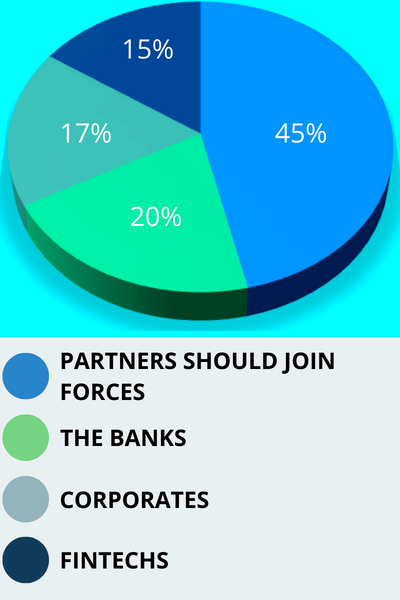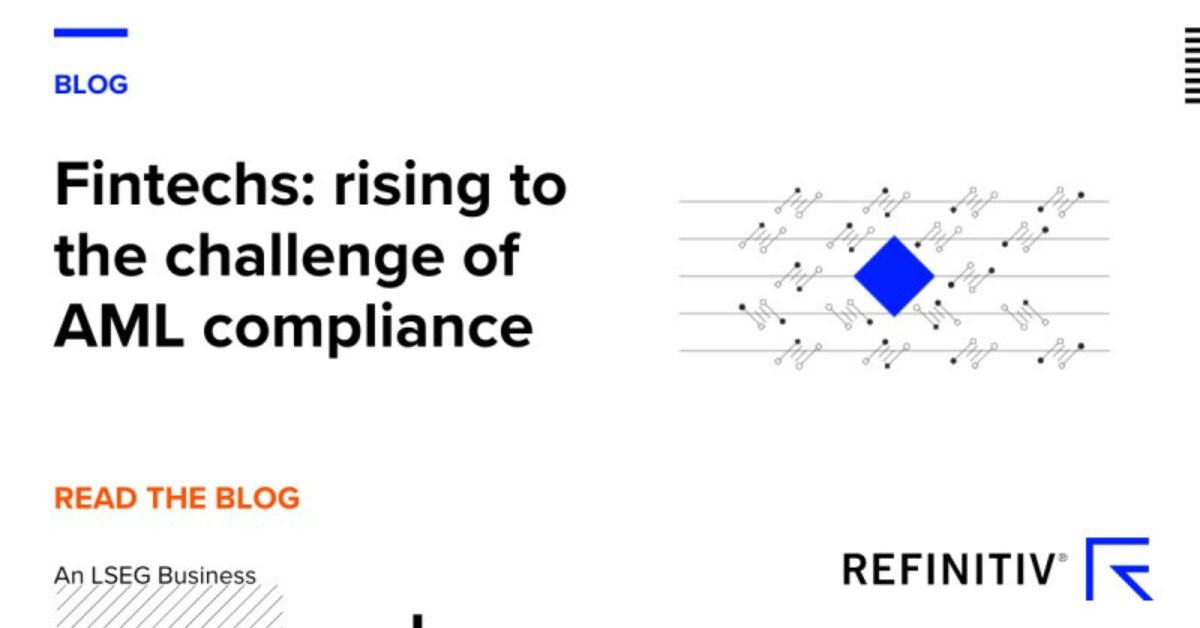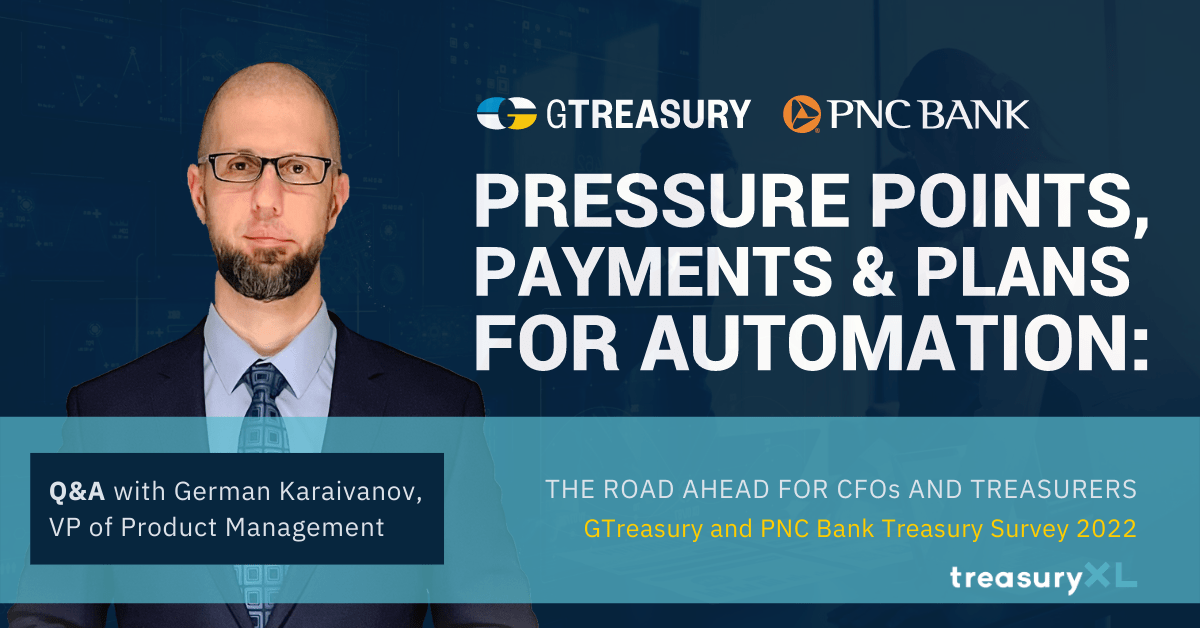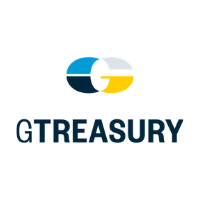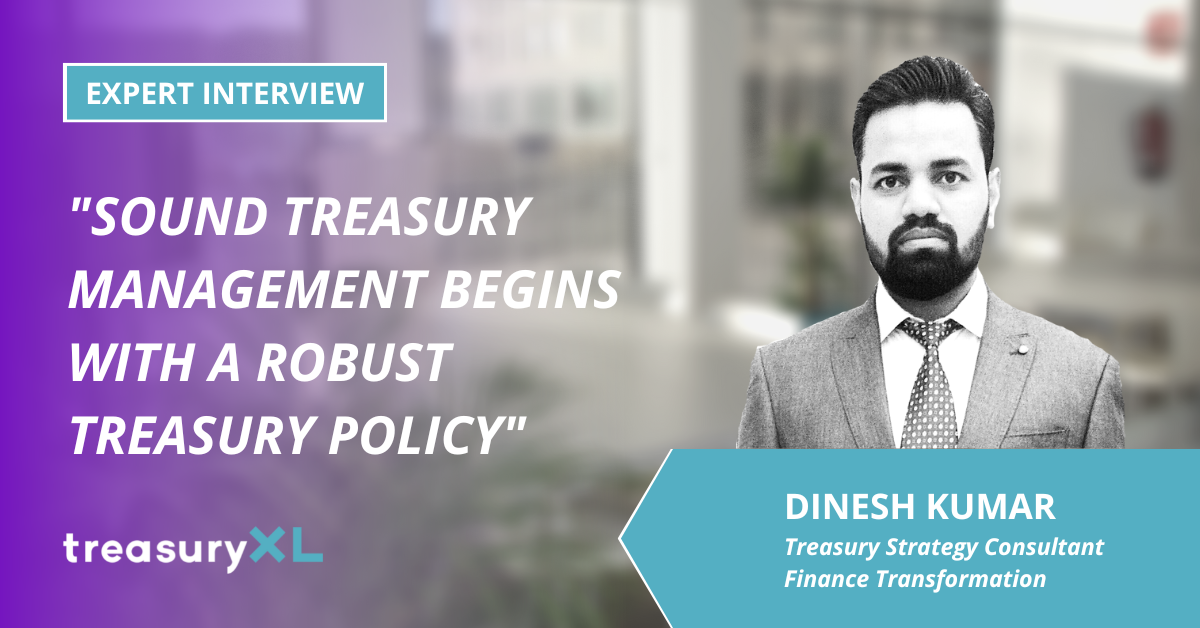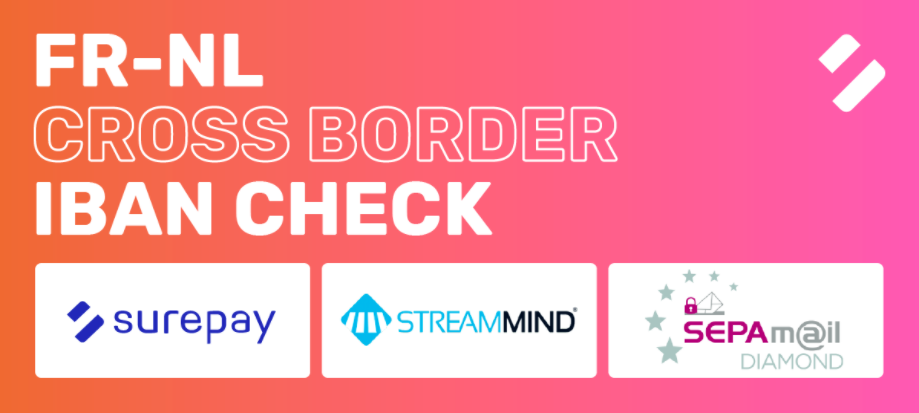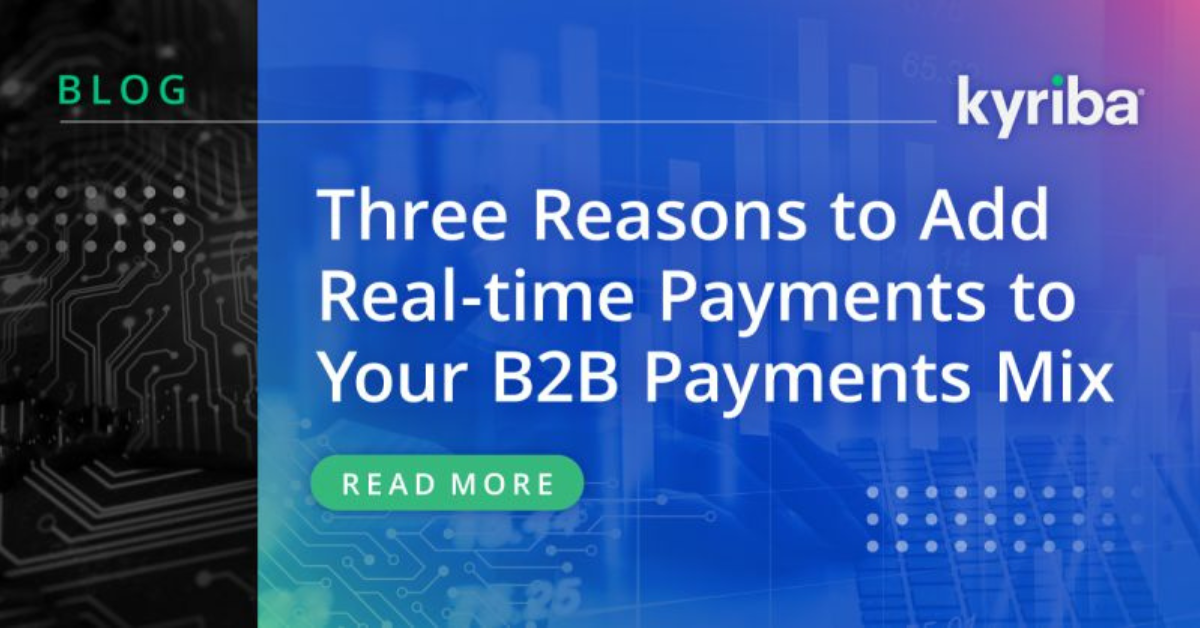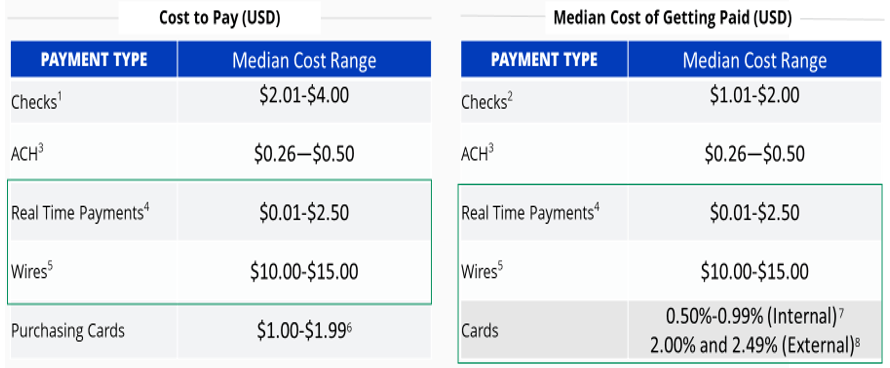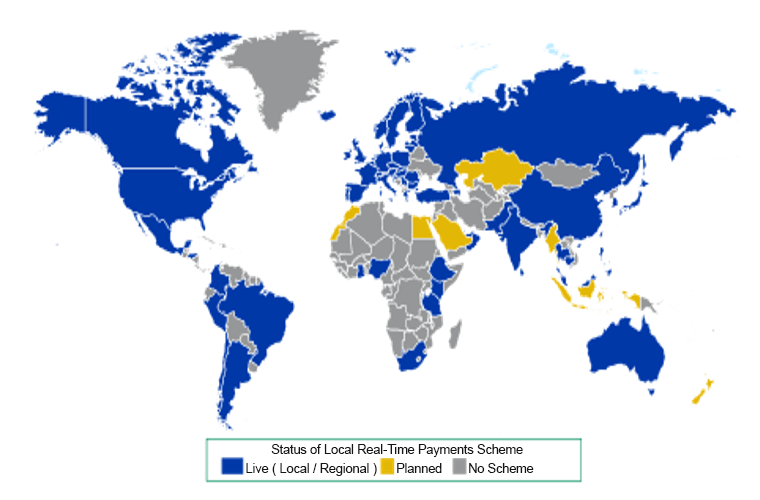5 Treasury Trends for 2023: Managing Currencies in an Age of Uncertainty
26-01-2023 | treasuryXL | Kantox | LinkedIn |
Scared about 2023 looking even worse than the crazy last three years? Keep calm and take a holistic approach to currency management.
Source: Kantox
If we look back at the economic landscape of last year, treasurers and CFOs have been dealing with risky scenarios for a while. But is the future as dark as some say? Our latest episode of CurrencyCast featured the treasury trends for 2023. In this article, we will take a deep dive into those trends and give you some tips on how to tackle the challenges in this volatile landscape.
Treasury trends for 2023
Consultants and pundits are busy laying out scary scenarios for 2023. However, the future is uncertain so let’s not waste time in futurology trying to predict what’s coming.
Instead, we can focus on understanding the treasury trends of 2023. In this article, we’ll analyse those trends with a focus on currency management and give you actionable tips on how to handle any hurdles ahead.
CFOs and corporate treasurers need to be well prepared for the upcoming challenges and opportunities as they manage currencies. The top five priorities in the corporate treasury space for 2023 are:
- FX volatility
- Shifting interest rate differentials
- Liquidity management
- Cash flow visibility
- Automation
FX volatility
In the past year, the financial markets have seen high levels of FX volatility and an unstable economy that seems to point towards a recession. Trends of high inflation, banks’ rising interest rates, political instability, and more will remain in the new year.
Hence why, it is fair to say that currency managers need to be well-prepared to face interrelated risks affecting FX rates. Companies dealing with foreign currencies will have difficulties accurately forecasting cash flows.
However, there is no reason to panic yet. There are a few strategies that corporate finance professionals can implement to tackle FX volatility; we will explain them later.
Shifting interest rate differentials
Shifting interest rate differentials are a likely scenario in 2023 as central banks act to tame inflation, each at its own pace. The good news is that companies can optimise such interest rate differentials across the entire FX workflow. Here are a couple of examples:
– With favourable forward points, pricing with the forward rate improves the firm’s competitive position without hurting budgeted profit margins.
– With unfavourable forward points, pricing with the forward rate helps managers avoid losses on carry and the temptation of excessive pricing markups.
– Finally, the cost of hedging can be lowered by delaying hedging execution with the help of automated conditional FX orders.
.
Liquidity management
In addition, the current emphasis on strong liquidity management will persist well into 2023. Liquidity management allows the treasury team to have a wider view of the company’s resources and be financially agile.
This will give any treasury professional the required accurate insights on the cash projections. And ultimately, help the business be prepared for potential liquidity risks that may arise.
Cash flow visibility
Avoiding less-than-stellar cash flow visibility will be top of mind for treasurers in 2023. As economic cycles could be disrupted again, companies need to be able to get ahead of the curve and reduce deviations in their cash flow projections.
However, we believe that the importance of having accurate cash flow forecasts is somewhat overstated, at least when it comes to currency risk management.
To understand why this is so, the treasury team should consider how the different cash flow hedging programs deal with this concern:
– In firms with dynamic prices, forecasting accuracy is not much of a concern because firm sales/purchase orders have a very high occurrence probability.
– In firms with steady prices across several campaign/budget periods, layered hedging programs build the hedge rate in advance instead of protecting an FX rate.
– In firms with steady prices for a single campaign/budget period, conditional orders to protect the budget rate provide managers with time to update their forecasts.
For better cash flow visibility in the new year, companies will need to consider their ability to implement hedging programs that best suit their needs.
Automation
In 2023, the role of the corporate treasurer will require professionals to improve their technological skills. The traditional treasury function is shifting towards an automated digital infrastructure that enables increased efficiency and faster processes.
To manage currency risk in the new year, treasurers will need to move away from siloed systems and wasting time on manual tasks. Instead, they need to look for a solution that is able to automate the entire FX workflow.
Tools that are able to connect, via APIs, to their treasury management system and other data sources, for updated reports that give accurate insights into their FX exposure.
Facing the challenges
Now you know the treasury trends that will be dominating 2023 for corporate treasurers. But we also want to give you some tips on how currency managers should act in the face of such challenges.
As we like to emphasise at Kantox, currency management is much more than currency risk management. And currency risk management, in turn, is more than just the act of executing a hedge. Let us see this in more detail.
Consider the case of automated conditional orders to protect a budget rate. To the extent that the underlying levels are not hit, no trades are executed. Yet, you are still actively managing your firm’s exposure to currency risk.
Delaying hedges may lead to netting opportunities that ultimately result in less, not more, hedging transactions. The results are:
- Less trading costs
- Savings on the carry in the event of unfavourable forward points
- Less cash immediately set aside for collateral requirements
The right approach for 2023
Pundits predicting a catastrophic 2023 may turn out to be right. Then again, they might not. In any case, the priority for currency managers is to take a holistic view of currency management that allows them to:
- Embrace the entire FX workflow
- Avoid silos and have commercial and finance teams work hand in hand
- Take advantage of the profit margin-enhancing opportunities offered by currencies
As you have seen, corporate treasurers will need to be well-prepared for all the interrelated risks of the turbulent economic landscape. With the help of the right automation tools, the treasury function can have a strong currency management strategy that helps them storm the weather outside.
Kantox is the currency management automation solution that covers the entire FX workflow so you can improve your profit margins and leverage foreign currencies.
Book a free strategy session with our currency management specialists to learn more.


